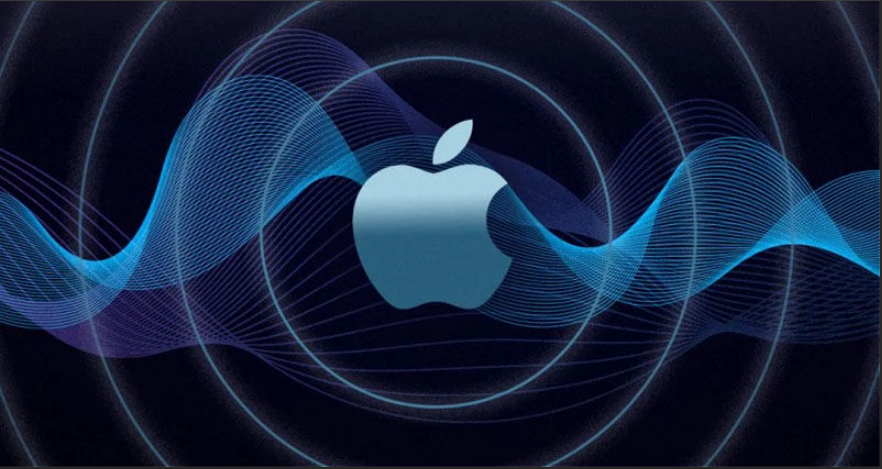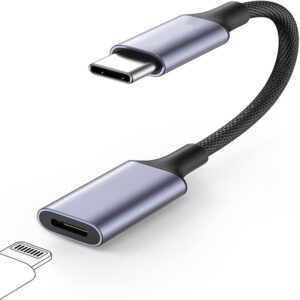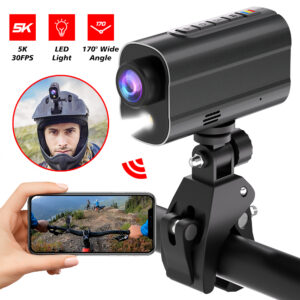Is there spatial audio that will be the deciding factor for consumers to buy headphones next, so what is spatial audio?
Which platforms currently have spatial audio technologies and solutions?
Which true wireless headset products currently support spatial audio?
The topic of the future has been formed, let’s enter today’s article together.
When we are in a concert hall-level concert, the sounds from the singers and instrumentalists on the front stage are picked up and tuned, and then transmitted to our ears through the stage sound reinforcement system, and then With the continuous advancement of the atmosphere, the surrounding audience area continued to cheer, applaud and sing along. At this time, the stage and the audience’s voices are intertwined, and they are transmitted to our ears from different directions, allowing us to experience the atmosphere and charm of live performances different from listening to songs or watching videos at home.
But now, with the help of “spatial audio” technology, and as mainstream audio manufacturers begin to release their self-developed spatial audio technology and TWS earphone devices that support spatial audio, we can experience such effects by wearing TWS earphones!
If TWS earphones are gradually replacing wired earphones due to their convenience and unfettered features, and the active noise reduction function is popular among consumers because of its very practical features, then earphones that support spatial audio functions will also be because of their shocking performance. The sense of hearing has gradually become the next explosive point of the second-level category.
What is “spatial audio”?
Spatial audio refers to carefully designed audio with 3D quality. Precisely place the surround sound channel in the right position, so that the user can feel the immersive surround sound experience by turning the head or moving the device.
When we wear headphones with spatial audio function to listen to music or watch movies, spatial audio technology will set the device playing audio and video content to the absolute direction of the sound. When you turn your head or change the position of the device, the relative position between the ear and the sound source will change. Spatial audio technology reflects this change as a change in the strength of the sound, presenting an immersive sense of hearing.
For users, the most obvious effect of spatial audio perception is that it can make the sound sound like it is coming from all directions. You can imagine the sound of guns and guns coming from the front, the roar of fighters behind, and the left and right sides. The roar of a tank rushing forward with horsepower, this kind of sound experience can only be felt in theaters or indoors where 7.1-channel home theater audio is conditionally purchased, but when the earphones support spatial audio, we only need to wear earphones Enjoy such a wonderful experience.
At the hardware level, headphone devices that support spatial audio often rely on a powerful chip, enabling it to exert independent computing power and obtain support for spatial audio. In addition, almost all headphones that support spatial audio have a built-in six-axis sensor, which is used for intelligent recognition, dynamic tracking of the head direction, and horizontal 360° rotation positioning.
At the software level, in addition to relying on the powerful independent computing power of the chip, earphones that support spatial audio also require the software running on the playback end to support spatial audio, such as Apple Music on the iPhone end, Huawei Music on the Huawei end, and the latest version of the app. Music source for spatial audio.
Who are the current spatial audio technology vendors?
Apple
According to Apple’s official description, spatial audio is a technology that can bring theater-level sound effects to movies or videos watched by users or Dolby Atmos songs listened to. Spatial audio can make sounds appear to be coming from all directions when you wear a supported headset. Optional dynamic head tracking fixes the position of the audio instead of following the user’s movement, so that if a track is playing to the user’s right, the sound will be on the left after the user moves. In addition, users can also experience immersive sound effects in apps supported by iOS, iPadOS, Apple tvOS and macOS. For example, in a FaceTime call on a Mac, spatial audio can make the sound spread out and sound like a friend is coming from where you are in the FaceTime window.
Huawei
Huawei has incorporated its exclusive Audio Vivid spatial audio technology into its latest true wireless headset HUAWEI FreeBuds Pro 2 for the first time, supporting multiple sound sources of 3D sound, surround sound, and stereo sound; it uses Huawei’s self-developed scene-based spatial audio sound field rendering engine, Provide users with three spatial audio sound modes: theater with sound, cinema, and concert hall, matching the original sound source scene. In addition, HUAWEI FreeBuds Pro 2 is also equipped with a six-axis attitude sensor, which supports dynamic tracking of head movements, real-time reshaping of the sound field position, and brings users the surround sense of 360° high-definition spatial audio.
In terms of software ecology, Huawei Music launched a space audio experience zone; cooperated with Himalaya to launch 3D audio reading; and cooperated with Cloud Listening to launch 3D audio content such as information, knowledge, and competitions. Allow users to experience the improved sense of hearing brought by spatial audio technology in more channels.
MEES
MEES released its first TWS headset that supports spatial audio this year, MEES M3 Pro. Unlike other brands of spatial audio headsets that only support devices such as mobile phones of this brand, MEES M3 Pro supports spatial audio for all devices, platforms, and sources. And dynamic head tracking, you only need to match the playback device or App that supports spatial audio effects, and you can turn on spatial audio in real time.
Qualcomm
Qualcomm’s latest “2022 Audio Product Usage Status Survey Report” shows that spatial audio is quickly becoming another “must-have” feature of audio equipment. More than half of the respondents said that the spatial audio feature will have a decisive impact on their purchase of the next pair of wireless earbuds, and more than 40% of the respondents believe that they are willing to pay more for this feature.
The second-generation Snapdragon 8 mobile platform supports spatial audio features through dynamic head tracking, which can create a complete surround sound immersion. The solution optimizes the connection between the smartphone and the earbuds to ensure extremely low latency from motion to user hearing, resulting in a more natural and immersive spatial audio experience.
In addition, Qualcomm uses its own Snapdragon Sound technology, which relies on aptX Adaptive technology and supports aptX Lossless lossless sound quality, which can provide CD-quality 16-bit 44.1kHz lossless audio, 24-bit 48kHz and 24- bit 96kHz HD audio. With headphones and other devices that also support Snapdragon Sound, you can enjoy an immersive 360° spatial audio experience.
sony
Among other manufacturers that support spatial audio, Sony officially refers to spatial audio as “360 live audio”, which uses Sony’s spatial audio technology based on sounding objects to integrate vocals, harmony, piano, guitar, bass and even the live audience Various sounds such as cheers are included in the 360-degree spherical sound field, and listeners can immerse themselves in the music space that artists and creators want to express. Just use the music streaming service provided by Sony’s official partners, and pair it with a headset device that supports 360 live sound effects, and you can enjoy an immersive listening experience.
Samsung
The 360 audio function is added to the Samsung Galaxy Buds2 Pro. The 360 audio algorithm is combined with multi-channel (5.1-channel/7.1-channel/Dolby Atmos) and Dolby head tracking technology to keep sound and motion in sync, allowing Users can locate the direction of the sound when moving their heads and gain a spatial experience.
Mi
Mi Buds 4 Pro integrates Xiaomi’s innovative “independent spatial audio” technology, adding independent computing capabilities for headphones, enabling the headphones to achieve spatial audio listening when connected to devices such as TVs, game consoles, tablets, and computers.














